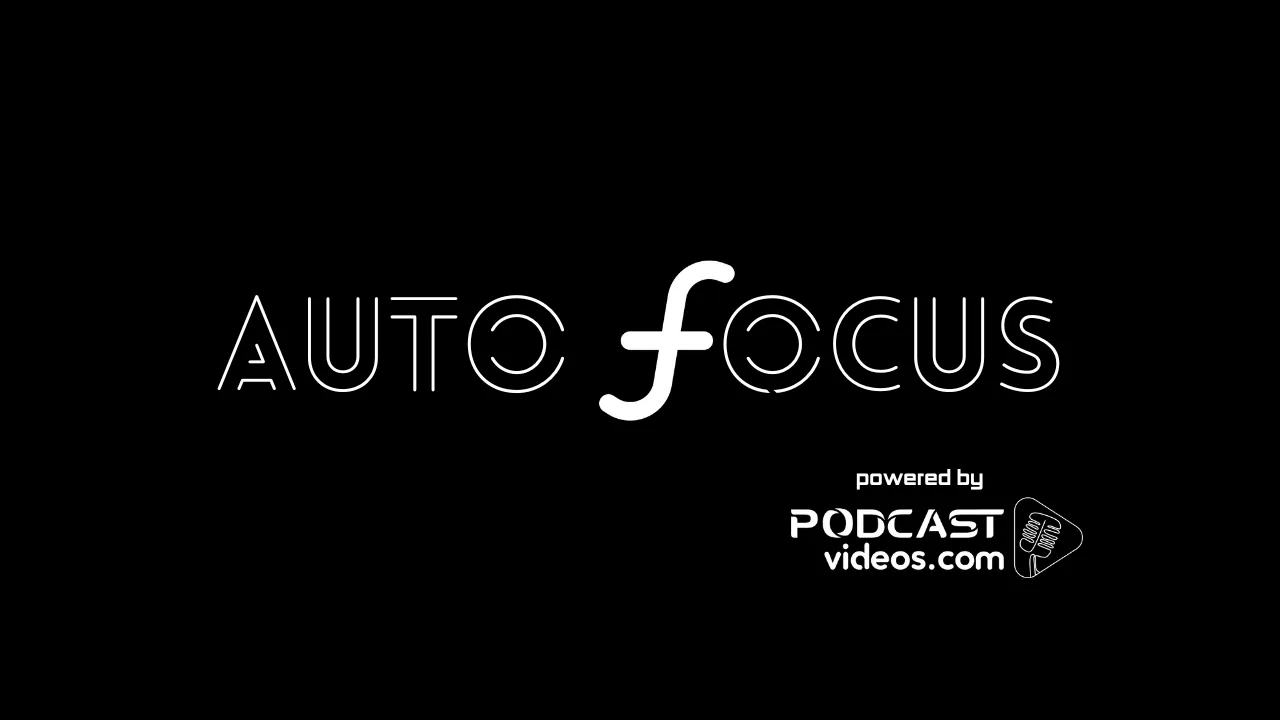In the evolving landscape of podcasting, effectively utilizing tags, categories, and metadata is crucial for enhancing discoverability and audience engagement.
Recent developments across major platforms, including Apple Podcasts, Spotify, YouTube, and other audio-hosting services, have introduced new features and guidelines that podcasters should leverage to optimize their content's performance.
Apple Podcasts' Category Update
Apple Podcasts has recently revamped its category system, allowing listeners to discover shows based on more specific topics.
This update emphasizes the importance of selecting the most appropriate category for your podcast to ensure it reaches the intended audience. Choosing the correct category can significantly impact your podcast's visibility and discoverability within the platform.
Spotify's Podcast Metadata and Video Categories
Spotify has expanded its podcast offerings to include video podcasts, providing creators with a platform to reach audiences through both audio and visual content.
To optimize your podcast's presence on Spotify, it's crucial to adhere to their podcast specification guidelines, which detail how podcasts need to be structured and formatted to display and interact successfully on the platform. This includes file format and encoding requirements, as well as mandatory and optional metadata elements.
When submitting your show to Spotify through Spotify for Podcasters, you can choose up to three categories for your podcast in the <itunes:categories> field in your RSS feed. Selecting appropriate categories ensures that your podcast is discoverable to listeners interested in those topics.
YouTube's Podcast Integration and Metadata Optimization
YouTube has become a significant platform for podcast consumption, offering a dedicated podcast page to help users discover new and popular podcast episodes, shows, and creators.
To take advantage of YouTube's podcasting benefits, creators should create a podcast playlist within YouTube Studio. This involves navigating to the "Playlist" section and inputting your podcast information, ensuring that titles and descriptions are consistent and optimized with relevant keywords.
Optimizing metadata on YouTube includes crafting engaging titles and descriptions, utilizing relevant tags, and selecting the appropriate video category to ensure better targeting and visibility.
Incorporating captions and subtitles can also improve searchability and accessibility, broadening your audience reach.
Optimizing Metadata Across Platforms
To maximize your podcast's performance across various platforms, consider the following strategies:
Craft Engaging Titles and Descriptions: Ensure your podcast's title and description are compelling and accurately reflect your content. Incorporate relevant keywords naturally to improve search engine optimization (SEO) and attract potential listeners.
Utilize Relevant Tags: Tags help categorize your podcast and make it more discoverable. Select tags that accurately represent the main topics or themes of your episodes. Avoid using irrelevant or excessive tags, as they can confuse potential listeners and dilute your content's focus.
Select Appropriate Categories: Choosing the right category helps platforms place your podcast in the appropriate context, ensuring better targeting and visibility. For instance, on YouTube, selecting the correct video category can enhance discoverability.
Implement Transcripts and Chapters: Providing transcripts and dividing episodes into chapters can improve user experience and SEO. Transcripts make your content accessible to a wider audience, including those with hearing impairments, and allow search engines to index your content more effectively. Chapters enable listeners to navigate your episodes easily, enhancing engagement.
Regularly Update Metadata: Keep your podcast's metadata up-to-date by editing your show's details through your hosting provider or directly on platforms like Spotify for Podcasters and YouTube Studio. Regular updates ensure that your content remains relevant and accurately represented across all platforms.
Differences Between Audio-Only and Audio/Video Podcasts
Discoverability and SEO: Audio-only podcasts rely heavily on metadata within podcast directories (RSS feeds, show notes, episode descriptions), whereas video podcasts benefit from YouTube and Spotify’s built-in search algorithms that consider video titles, captions, and thumbnails.
Engagement Metrics: Video podcasts on YouTube and Spotify allow creators to analyze additional engagement metrics, such as watch time, visual retention graphs, and click-through rates on thumbnails. Traditional audio podcasts mainly track downloads, listener location, and completion rates.
Platform-Specific Optimization
Audio Podcasts: Optimize metadata for Apple Podcasts, Spotify, and Amazon Music by using detailed show notes, selecting the right category, and ensuring clear descriptions.
Video Podcasts: Optimize YouTube metadata with SEO-friendly video titles, descriptions, tags, and high-quality thumbnails to attract clicks.
User Experience & Accessibility: Audio podcasts benefit from detailed show notes and transcriptions, whereas video podcasts require engaging visuals, captions, and timestamps for better user navigation.
By staying informed about these developments and implementing best practices for metadata optimization, podcasters can significantly enhance their content's discoverability and audience engagement across major platforms.










